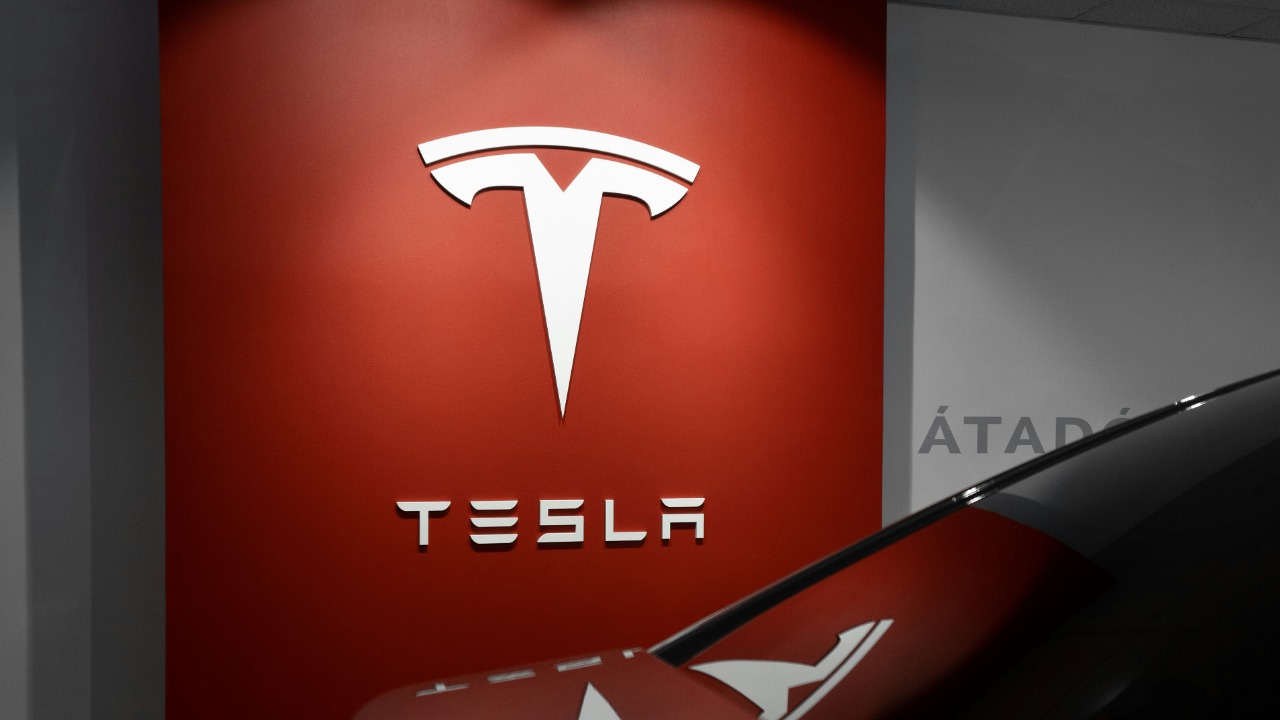
With the recent breakthrough in solid-state battery technology by Stellantis and the emergence of mega and container-sized batteries, Tesla finds itself at the cusp of a potential energy revolution. These advancements, including the scale-up of solid-state batteries via dry electrode technology, could herald a significant shift in energy storage for electric vehicles and beyond.
What Are Solid-State Batteries?
Solid-state batteries represent a paradigm shift from traditional lithium-ion batteries. The core difference lies in the replacement of liquid electrolytes with solid materials, leading to improved energy density and stability. This change promises potential benefits such as faster charging times and longer lifespans, which are significant advancements in the field.
These batteries first found their application in consumer electronics before being scaled up for automotive use. The transition from small-scale electronics to electric vehicles represents a significant leap, demonstrating the potential of this technology.
Stellantis’ Breakthrough in Solid-State Tech
Stellantis, a major automaker, recently made headlines with its breakthrough in solid-state battery technology. This development underscores the company’s commitment to pushing the envelope in EV innovation. The following day, Stellantis unveiled a solid-state battery for electric vehicles, targeting broader market adoption.
This move could potentially disrupt the EV battery space, challenging established players like Tesla. The implications of this development are far-reaching, and it remains to be seen how the market will respond.
Scaling Solid-State Batteries for Production
Scaling up solid-state batteries for mass production presents its own set of challenges. A key focus is on manufacturing techniques that can reduce costs and increase output. Research towards the scale-up of solid-state batteries via dry electrode technology is a significant step in this direction.
Transitioning from lab prototypes to mass production involves addressing issues such as material compatibility and yield rates. Despite these challenges, ongoing research efforts are aimed at achieving commercial viability for automotive use.
The Role of Mega Batteries in Energy Storage
Mega batteries are playing a crucial role in the energy revolution. These large-scale batteries are unlocking new possibilities in energy storage, with applications extending beyond vehicles to grid-scale storage. The integration of solid-state elements in these batteries enhances their reliability and efficiency, making them ideal for renewable energy systems.
These systems are instrumental in supporting global energy transitions, providing a sustainable and efficient solution for energy storage and distribution.
Container-Sized Batteries and Global Impact
Container-sized batteries are another significant development in the energy sector. These batteries are powering the next global energy revolution, thanks to their modular design that allows for rapid deployment. They are particularly useful in remote or high-demand locations, with solid-state advancements enhancing their durability.
These batteries offer both environmental and economic benefits, including a reduced reliance on fossil fuels. Their impact on the global energy landscape is profound and is expected to grow in the coming years.
Implications for Tesla’s EV Strategy
Stellantis’ developments in solid-state technology could put pressure on Tesla to accelerate its own battery innovations. The influence of scale-up research via dry electrode technology on Tesla’s supply chain and production goals cannot be underestimated. Tesla may need to consider potential partnerships or competitive responses in light of these developments.
The emergence of mega and container-sized battery trends further underscores the need for Tesla to stay ahead of the curve in the energy storage sector. How Tesla responds to these developments could shape the future of the EV market.
Future Horizons for Solid-State Energy
While it’s difficult to predict exact timelines for widespread adoption of solid-state batteries, current breakthroughs indicate that this technology is on the cusp of becoming mainstream. However, regulatory and infrastructural hurdles need to be addressed for seamless integration of solid-state tech in EVs and grids.
These advancements in energy storage are likely to drive broader societal shifts, such as accelerated electrification. The future of energy storage looks promising, and solid-state technology is poised to play a pivotal role in shaping it.